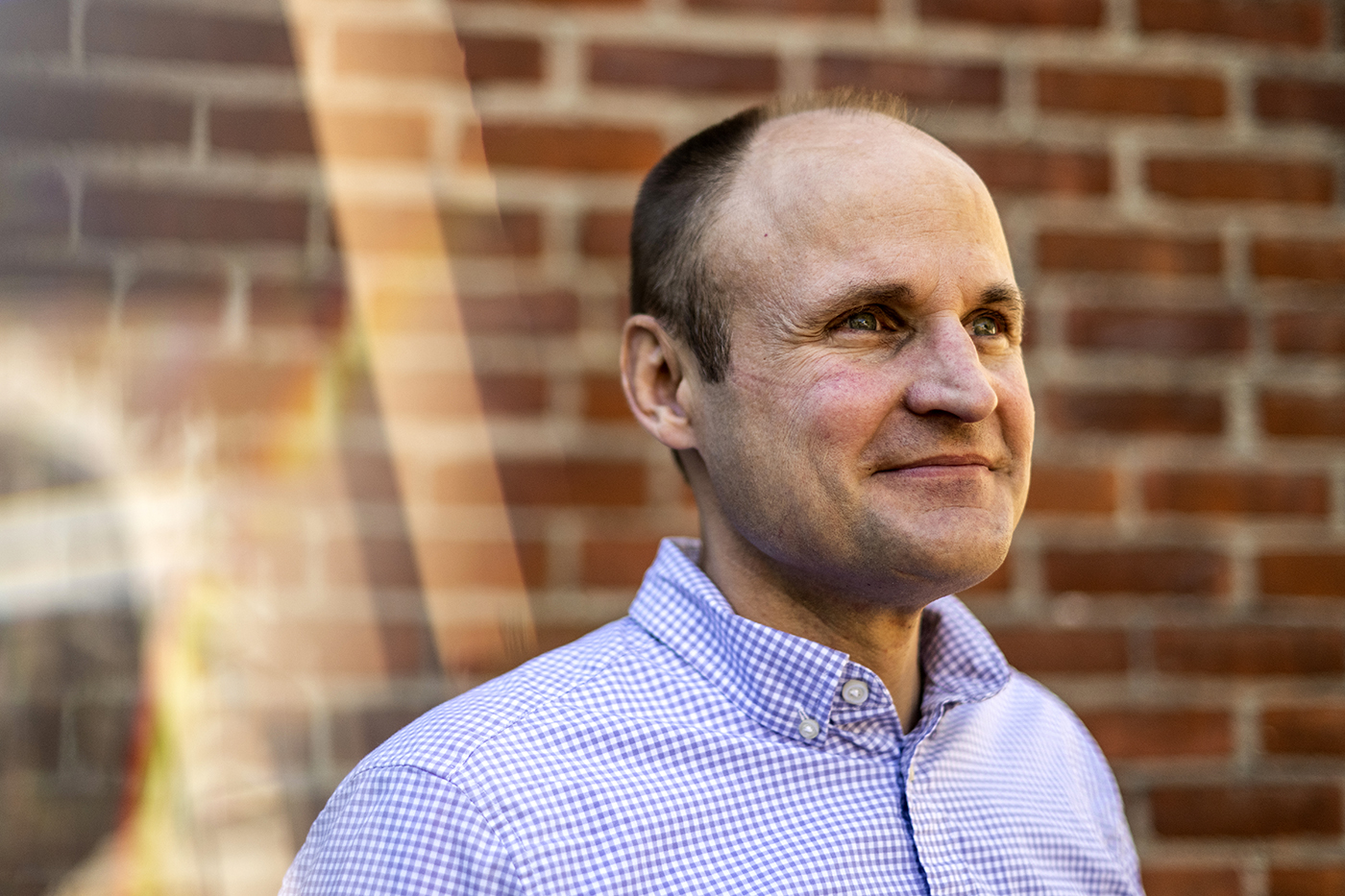Why experts say lawns should become a thing of the past

Grass is under siege in the western United States.
A new Las Vegas law requires homeowners to get rid of their lawns by 2027, and some cities in California are even paying residents to rip up their lawns and replace them with drought-friendly alternatives. The measures are intended to help save water, which has become increasingly scant in drought-stricken states like California.
Meanwhile, Massachusetts endured its fourth-driest summer on record this year. Most of the state has level-three critical drought status, and all non-essential outdoor water use—including watering lawns—is banned. While the northeastern climate is typically accommodating for grass, experts say these weather patterns can become more common, and it’s time for Americans to reconsider their love of lawns.

It might be difficult, though, thanks to the cultural power of the well-manicured lawn. Lawns came into vogue in 17th-century England, when they became an aesthetic norm for landscaping as well as a status symbol. They became popular in the United States from the late 19th to the early 20th century, when the country experienced a suburban boom, says Sara Jensen Carr, assistant professor of architecture at Northeastern. Lawns provided a balance between having contact with nature and being in control of it, she says; rather than having messy or agricultural private spaces, lawns were tame ones.
“That American landscape look is what everyone strives for,” says Stephen Schneider, chief arborist at Northeastern University’s Boston campus. “It’s part of the culture, and it’s really part of the culture that needs to change.”
There are some positives to lawns aside from looks. They’re important for recreation, especially sports and other activities where communities can come together. They’re also nice to look at, and can increase the value of a home, says Daniel Douglass, associate teaching professor at Northeastern’s College of Science. Having turf can also be easier than planning and maintaining a new landscape, Schneider says, and “there are situations where turf grass can be helpful in controlling erosion.”
The biggest downside, however, is the use of water, especially in drier climates. Grass is the most watered crop in America and uses up to 75% of the average American household’s water, CNN reports. The grasses that are typically used in lawns are from England and northern Europe, and aren’t adaptable to the drier climates of the west. “Those grasses are biologically adapted to cool, rainy climates, and as you start seeing drought or moving into warmer climates, or moving out west where things are drier, then it takes a lot more work to maintain that,” Douglass says.
Drier conditions mean more water is needed, meaning in the current drought in the northeast, “this is not a good summer to have a lawn.” Using fertilizers, meanwhile, causes the soil to require even more water.
The northeast’s cooler, wetter climate is more suited for grass. However, maintaining these spaces still requires a lot of water, and other issues come with it, like the use of pollutants. “Lawns are also an issue when there’s a lot of rain,” Carr says. When grass soil is supersaturated, she says, chemical fertilizers can run off into the water supply.
Lawns are not conducive to creating a diverse ecosystem, either. “Biologically, they’re monocultures, and nature likes diversity,” Douglass says. “New England, left to its own natural devices, would revert to some type of forest.” Instead, lawns limit the biodiversity of a space, as few animals eat grass.
Schneider sees this contrast firsthand in his work in maintaining the university’s green spaces. “When you’re growing a turf lawn or a sod lawn, you are working at severely limiting the biological diversity of that space,” he says. In the spaces that aren’t turf, he plants a variety of species that attract bees, moths, and butterflies, along with what he calls “creepy crawly things.”
He’s also working to shift away from gas-powered tools, another pollutant. Douglass points out another unlikely outcome of maintaining lawns: car pollution. As lots get bigger due to lawns, Douglass explains, houses get further and further apart, and transportation distances become greater as well. “It makes it more difficult for walking or bicycles or public transportation,” he says, leading to car reliance.
Does this mean homeowners in the northeast should get rid of their lawns? While the current climate is good for lawns, climate change could shift this.
“The predictions are that what would have historically been considered a really hot day is going to become more commonplace,” Douglass says. “And as the temperatures go up, the rate at which water evaporates out of the soil goes up.”
In 30 years, Carr says, the climate of Massachusetts could be similar to the Carolinas, meaning warmer and more humid.
The idea of having a manicured lawn is so ingrained in American society, however, Carr says, that it’s difficult for people to envision an alternative to grass. “It just takes a little bit of rethinking about what a personal outdoor space could be.” The region is likely a very long way from lawmakers regulating lawns like they do in the west.
But there are other ways, if only people were aware of them. As The New York Times reported in June, Pennsylvania Sedge and wild strawberry can make for beautiful, and comparable, alternatives to grass. Schneider notes that even if backyards are used for play, many front yards “are just there,” and this is where there is the greatest potential for alternatives.
For his part, at Northeastern’s Boston campus, Schneider works to eliminate turf from the space, both as other plants start to take over, and as part of a concerted effort to “soften” the look of the campus and increase biodiversity. Only around two of the 11.5 acres of green space is grass, Schneider says. This includes Centennial Common and Krentzman Quad, which “we kind of hold sacred as non-plantable spaces,” he says.
He’s been handling the drought, but he was also preparing for it. “If you’re a plant person, you’re always concerned with drought,” he says.
He and his team make sure soil is healthy so plants are not stressed to begin with, and they carefully place plants based on what kind of environment they can handle—if a spot is likely to get less sun, for example, he might put a plant there that does not need as much sun.
In order to save water, the crew waters at night, so less of the water evaporates in the sun. They also utilize drip irrigation, which provides a slow and steady stream of water to roots, while less of the water runs off into the sidewalk and is wasted.
His efforts, he says, have created a more diverse space, supported biodiversity and eliminated some threats to the environment. As Schneider put it, it’s “something that everybody should really do.”
For media inquiries, please contact media@northeastern.edu.






